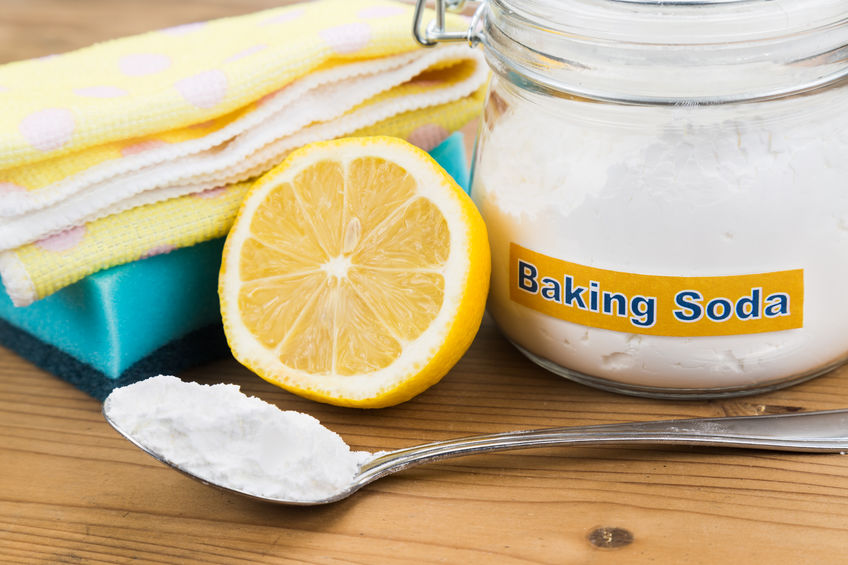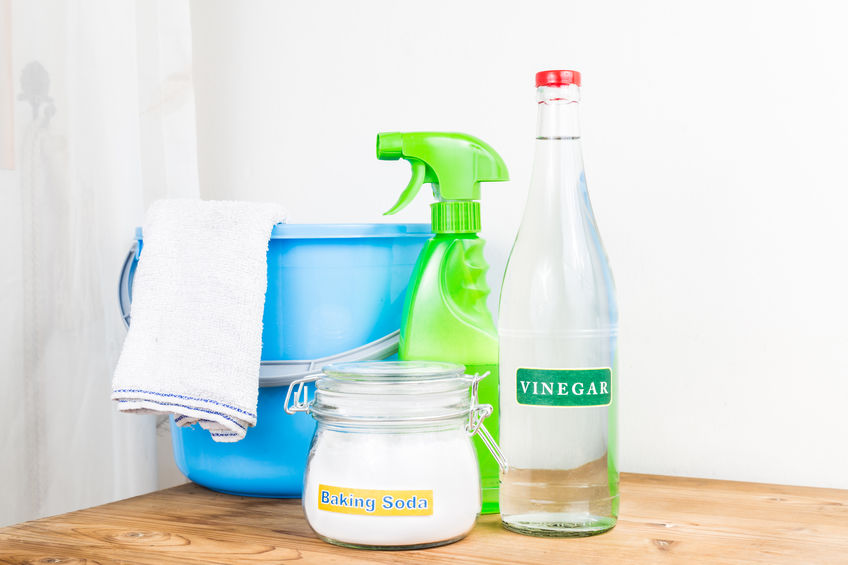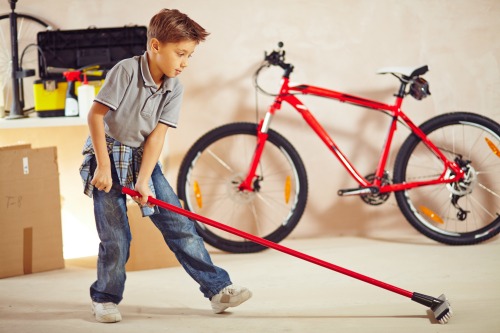- Clean Home
- Green Clean & Save
- Green Home Cleaning Tips
Green Home Cleaning Tips
Green home cleaning tips to keep your family safe from toxic chemicals while keeping your home clean.
Using green cleaning products means you can rest easy, knowing that the manufacturing process for the cleaning products is environmentally friendly and the products are biodegradable. Everyone wins.
These green home cleaning tips can help you create a cleaning cache to reduce or eliminate harmful chemicals in and around your home.
Green Home Cleaning Tips For Supplies
- Baking soda with water as an all-purpose cleaner
- White distilled vinegar diluted in water to clean windows
- Borax to clean, deodorize, and remove toilet bowl stains
- Natural soaps (castile or glycerin-based) used to wash dishes.
Green Home Cleaning Tips: Viva Vinegar!
Distilled white vinegar is an excellent alternative to harsher cleaning products, especially when it comes to cleaning windows.
This homemade window cleaning mix is as effective as the store-bought variety: Mix 1/4 cup (60ml) of vinegar in 3 and 3/4 cups (900ml) of warm water.
Vinegar is a great disinfecting alternative to traditional bathroom cleaning products for the toilet bowl and tile floors.
Green Home Cleaning Tips For Pest Removal
These 6 less toxic flea removal methods will keep your family and pet safe.
If an ant invasion is the problem of the day, less toxic methods to stop them in their tracks include pour boiling water down the ant hole outside.
Inside your home, these environmentally safe ant removal tips can help get the job done safely.
Clean Home Cleaning Tips For Tools
Clean and rinse cleaning tools and equipment over your lawn or garden - not on paved surfaces or down indoor drains. Home drains and concrete surfaces allow your cleaners to flow freely into waterways - something you want to avoid.
Green Home Cleaning Tips For Garages
The garage can be a tough, chemical-filled challenge when it comes to cleaning.
But smart choices for mitigating the chemicals inside can keep you and your family safe:
- Choose metal drip pans in the garage. You can move and clean these up safely.
- Soak leaking car fluids with sawdust or cat litter. Then, sweep the material into a bag and put it in the trash.
- Repair a leaking vehicle promptly to help keep fluids out of storm drains. Don't hose down the area to clean it up after making repairs. Anything washed off the ground and into gutters, and storm drains enter local waterways untreated, which isn't good for anyone.
Green Car Washing
Instead of setting up shop on a driveway or street where soapy water may flow directly into a storm drain, wash your car on a lawn or unpaved surface. This keeps soapy water from seeping into street drains and out to our oceans.
Green Home Decorating
Choose latex paint when you're touching up surface paint around the house. This water-soluble paint makes paint thinners and solvents unnecessary.
However, whatever type of paint you're using, always cover the brushes at night when a job is in progress. Wait to do that thorough water wash for when the job is complete.
Clean latex paint from brushes and containers in the sink; filter, settle, and reuse thinners and solvents for oil-based paints.
Remember to dispose of unusable paints and thinners, thinner residue, and paint strippers at a household hazardous water collection site in your community.
- Clean Home
- Green Clean & Save
- Green Home Cleaning Tips






